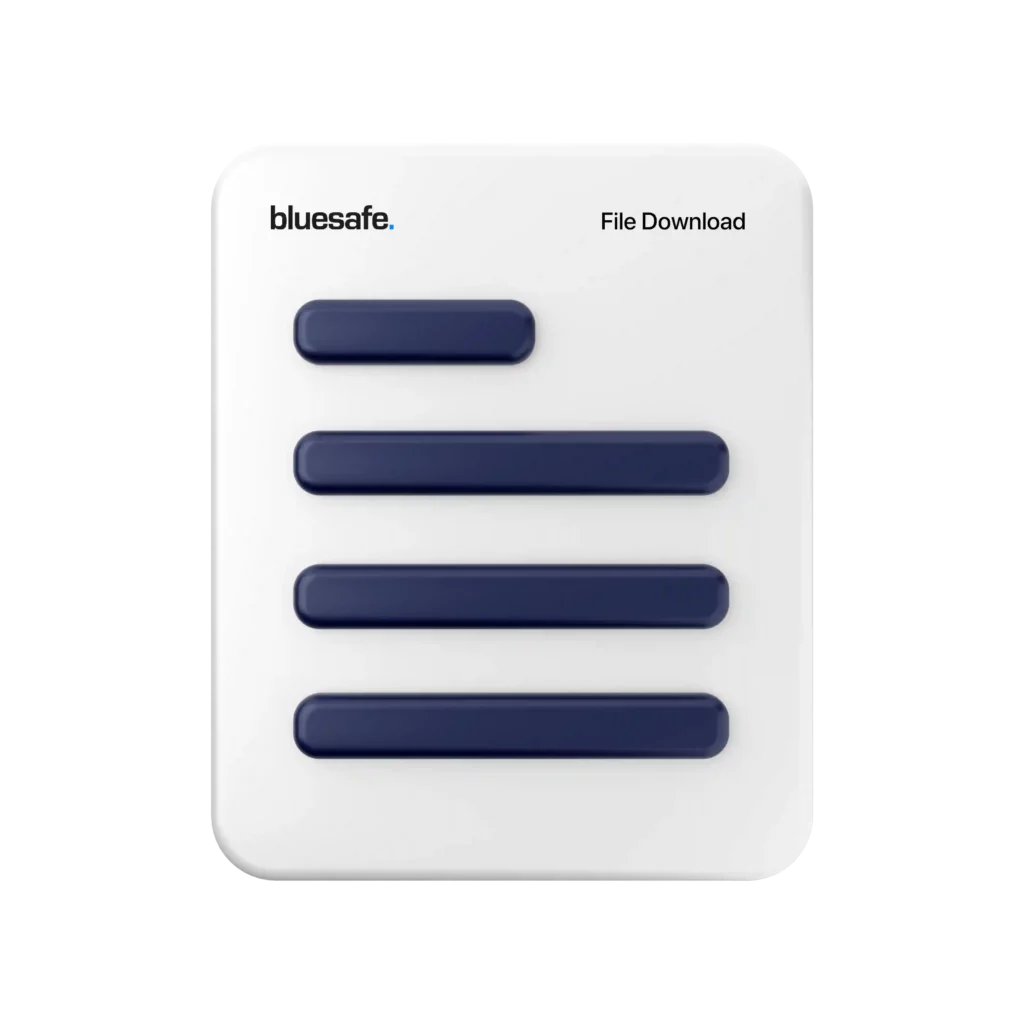In today’s dynamic business environment, uncertainties are inevitable. From market fluctuations to unforeseen disasters, businesses face a myriad of risks that can impact their operations, reputation, and bottom line. But what if you could anticipate these risks and prepare for them? Enter the Risk Management Plan – a comprehensive tool designed to safeguard your business against potential threats and ensure its long-term success.
Overview
The Risk Management Plan (RMP) is a strategic document that outlines the potential risks a business might face and provides strategies to mitigate, manage, or transfer those risks. It’s not just about identifying what can go wrong but also about putting proactive measures in place to prevent or minimize the impact of those risks.
Key Features
- Risk Identification: At the heart of the RMP is a thorough process of identifying potential risks. This involves examining all aspects of your business – from operations to finance, from human resources to supply chain – to pinpoint areas of vulnerability.
- Risk Assessment: Once risks are identified, the RMP assesses them based on their likelihood and potential impact. This helps prioritise which risks need immediate attention and which can be monitored over time.
- Risk Mitigation Strategies: For every identified risk, the RMP provides a set of strategies to manage it. This could be preventive measures to avoid the risk, contingency plans to manage it if it occurs, or even transfer strategies like purchasing insurance.
- Stakeholder Communication: An effective RMP ensures that all stakeholders, from employees to investors, are informed about the potential risks and the strategies in place to manage them. This fosters trust and ensures everyone is on the same page.
- Regular Reviews: The business environment is ever-evolving, and so are its risks. An RMP is not a one-time document but a living strategy that is regularly reviewed and updated to reflect new risks and changes in the business landscape.
Benefits
- Proactive Approach: Instead of reacting to crises, businesses can anticipate and prepare for them, ensuring minimal disruption and damage.
- Informed Decision Making: With a clear understanding of potential risks, businesses can make informed decisions, whether it’s launching a new product, entering a new market, or making an investment.
- Enhanced Reputation: Demonstrating a commitment to risk management can enhance a business’s reputation among stakeholders, including customers, investors, and regulators.
- Financial Stability: By mitigating potential losses and disruptions, businesses can ensure their financial stability and long-term profitability.
Who Needs a Risk Management Plan?
Every business, regardless of its size or industry, faces risks. Whether you’re a startup navigating the challenges of the market or a multinational corporation with global operations, a Risk Management Plan is crucial. It’s especially vital for businesses in industries that are highly regulated or prone to external shocks, such as finance, healthcare, and manufacturing.
Conclusion
The Risk Management Plan is your business’s shield. It not only protects against potential threats but also paves the way for growth and success by ensuring that risks are managed effectively. Investing in a comprehensive RMP is not just a smart business decision; it’s a commitment to the future of your business. Don’t leave your business’s fate to chance; arm it with the strategies and tools it needs to navigate the unpredictable landscape of the business world.
 “Risk Management Plans: The HR Manager’s Guide to Business Resilience”
“Risk Management Plans: The HR Manager’s Guide to Business Resilience”
In the dynamic realm of business, where unpredictability is the only constant, having a robust Risk Management Plan (RMP) is not just a luxury—it’s a necessity. As HR managers, our role isn’t confined to hiring, training, and managing personnel. We’re also strategic partners, ensuring that our organisations are prepared for the myriad challenges that lie ahead. Let’s delve into the world of RMPs and understand why they’re the linchpin of a resilient business.
The Essence of a Risk Management Plan
At its core, an RMP is a strategic blueprint that identifies, assesses, and provides mitigation strategies for potential business risks. It’s like having a roadmap that not only shows the possible bumps and roadblocks but also the best detours to ensure a smooth journey.
Why HR Managers Should Care
- Employee Well-being: Risks aren’t just external market fluctuations or supply chain disruptions. They can be internal too, like workplace safety issues or potential employee dissatisfaction. An RMP ensures that the organisation is prepared to handle these challenges, ensuring the well-being of its most valuable asset—its people.
- Organizational Reputation: A company that’s known to manage its risks effectively is seen as stable and trustworthy. This reputation not only attracts top talent but also retains them.
- Strategic Decision-making: An RMP provides HR managers with data-driven insights, enabling them to make informed decisions, be it in recruitment, training, or policy formulation.
Crafting the Perfect RMP: A Step-by-Step Guide
- Risk Identification: Begin by listing down all potential risks, both internal and external. Engage with department heads and team leads for a holistic view.
- Risk Assessment: Once identified, assess these risks based on their likelihood and potential impact. This will help in prioritising them.
- Mitigation Strategies: For every risk, devise a strategy. This could range from preventive measures, contingency plans, to even risk transfer mechanisms like insurance.
- Stakeholder Communication: Keep all stakeholders, especially employees, in the loop. When people are informed, they’re better prepared.
- Regular Reviews: The business landscape is ever-evolving. Regularly review and update the RMP to stay relevant.
In Conclusion
In the intricate dance of business, risks are inevitable. But with a well-crafted Risk Management Plan, HR managers can ensure that these risks don’t turn into full-blown crises. It’s about being proactive, not reactive. After all, in the words of Benjamin Franklin, “By failing to prepare, you are preparing to fail.” So, let’s gear up and fortify our businesses for the challenges and opportunities that lie ahead.

![]()




 “Risk Management Plans: The HR Manager’s Guide to Business Resilience”
“Risk Management Plans: The HR Manager’s Guide to Business Resilience”

